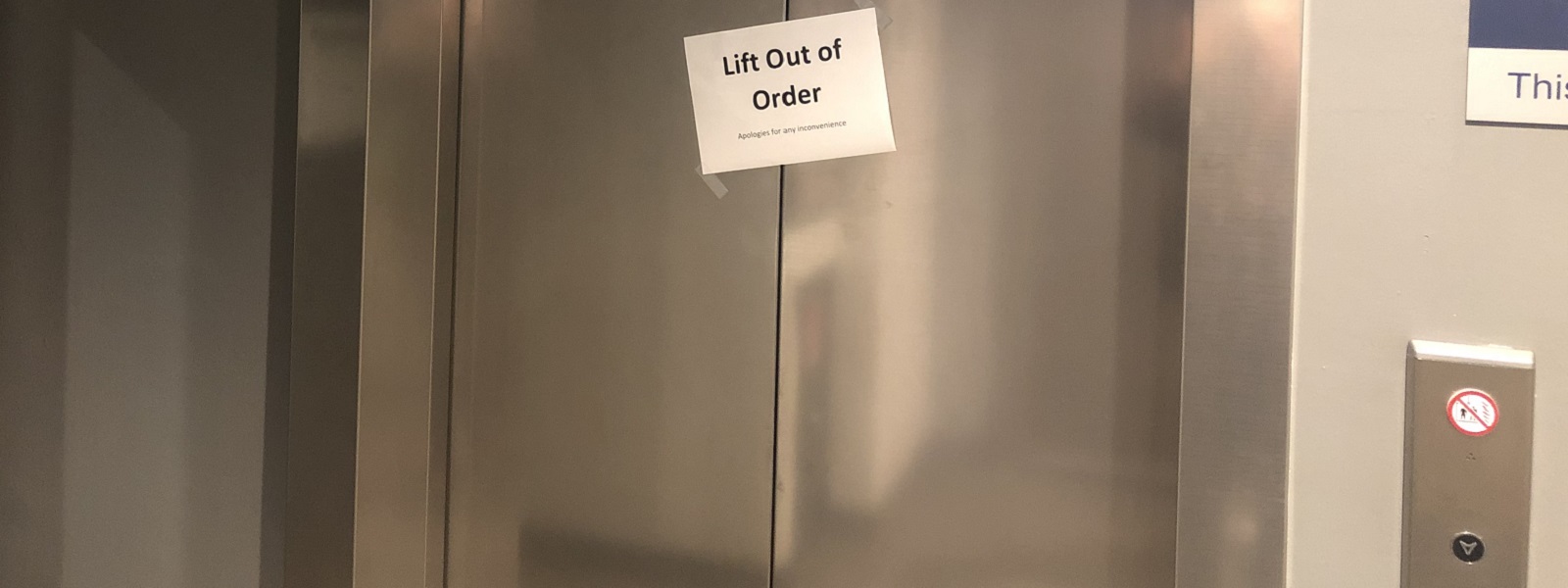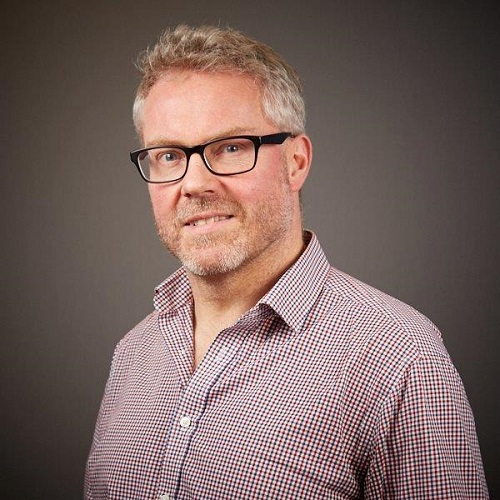A large and rewarding part of working in continuous Improvement is the opportunity to support other departments in their process improvement, and build the capability for them to self-help in the future. Our model to achieve this is based on training followed by several months of learn by doing in a mentored environment.
As the ownership of the implementation phase moves from Continuous Improvement (CI) Lead to Project Lead we can, on occasion, witness a drop off in the dynamics and focus with which the work is being done.
Real life and the day job have got in the way. A team member is off on long-term sick, a colleague has been promoted, it’s coming up to intake, Christmas, exams, or year end.
This is also the ‘hard work’ phase. Blue sky thinking and diagnostics over coffee and a Borders Bakery twin pack can be as liberating as implementing actions can be just hard graft.
So how do you mitigate this fall off at the most critical time in any project, making the changes to realise the benefits?
Try to focus your communications and cultural approach with the project lead around ‘Improvement work is not an add on to your regular activity but a component part of it’
Pre Project - Schedule a pre project meeting to ensure the lead understands the commitment and you understand the project subject matter and therefore the size of the undertaking.
- Explain to the Lead the detailed road map for projects completion
- Knowing this encourage a Sponsor / Lead discussion and sign off to free necessary resource
During Training - Incorporate individual project work where possible in the training. Revisit the expectations, and create a common team expectation.
- Create a foundational takeaway by working on the Leads individual examples of Project Proposal and Project Benefits in the training
- Invite this ‘Team’ of Leads to come back and share progress, challenges, success in a progress/support forum
During Project - Visualising the outcomes of the improvements and forecasting against baseline data helps motivate by making it ‘real’. As does coffee and scones at each workshop.
- Insist on regular, convenient scheduled meetings. Better one hour a week than one afternoon per month. This mirrors the Standard Work for Leaders approach in Lean.
- Use one set location to be a project room, post progress on walls. Ideally this will be at the place of work, a constant visual reminder of the improvement initiative.
- Let the project lead decide a pace and stick to it.
Post Project - This is the point of subtle change in the driving force of the project. Until now the CI Lead has provided training driven progress through the tools, reviewed and checked output, made suggestions and shared leadership of the workshops. It is this point where that varied support funnels into influence.
- Encourage standard work, time blocked out regularly to complete actions
- Encourage the project lead to delegate actions to others and not to take them all on themselves.
- Encourage the project lead to feedback to sponsor. This keeps them in the loop and they can influence progress by removing blockages. Set deadlines to measure impact
- Set update meetings with Project Lead, do this in advance as it can seem like harassing otherwise.
Leadership
The single most impactful method of ensuring the correct focus, energy, and resource on project completion is the support of senior leaders. The influence of seniority should never be underestimated.
I once worked on the 11th floor of a building that had very old elevators. Nothing disastrous ever happened but four or five times a year you’d get stuck between floors and have to wait 30 or 40 minutes until the maintenance team freed you. This was only an issue if you were on your way to an urgent meeting or you were trapped with a colleague who’d been out on the beer the night before and ended the evening with a particularly hot fish curry. This condition was so well known in the building that it was commonly joked upon, stories shared, and occasionally used as an excuse to miss a particularly tedious workshop.
One day the victim of these errant elevators was the COO. Two months later each elevator was replaced with a shiny new state of the art model.
The sponsor plays an important part in the project process and yet we often just consider them the signatory of the proposal. The project must align with their goals for the department. The benefits must resonate with the team’s objectives. Feed back to the sponsor often throughout the process and they can supply resource and remove barriers when the lead is nearing a dead end.
These mitigations are based on years of trial and error, success, and learning. I’ve found they increase the chance of success for all involved. Finally, no matter the outcome, it’s not personal if the project you mentored is not completed. It is a great opportunity to reflect and learn for the next one.



